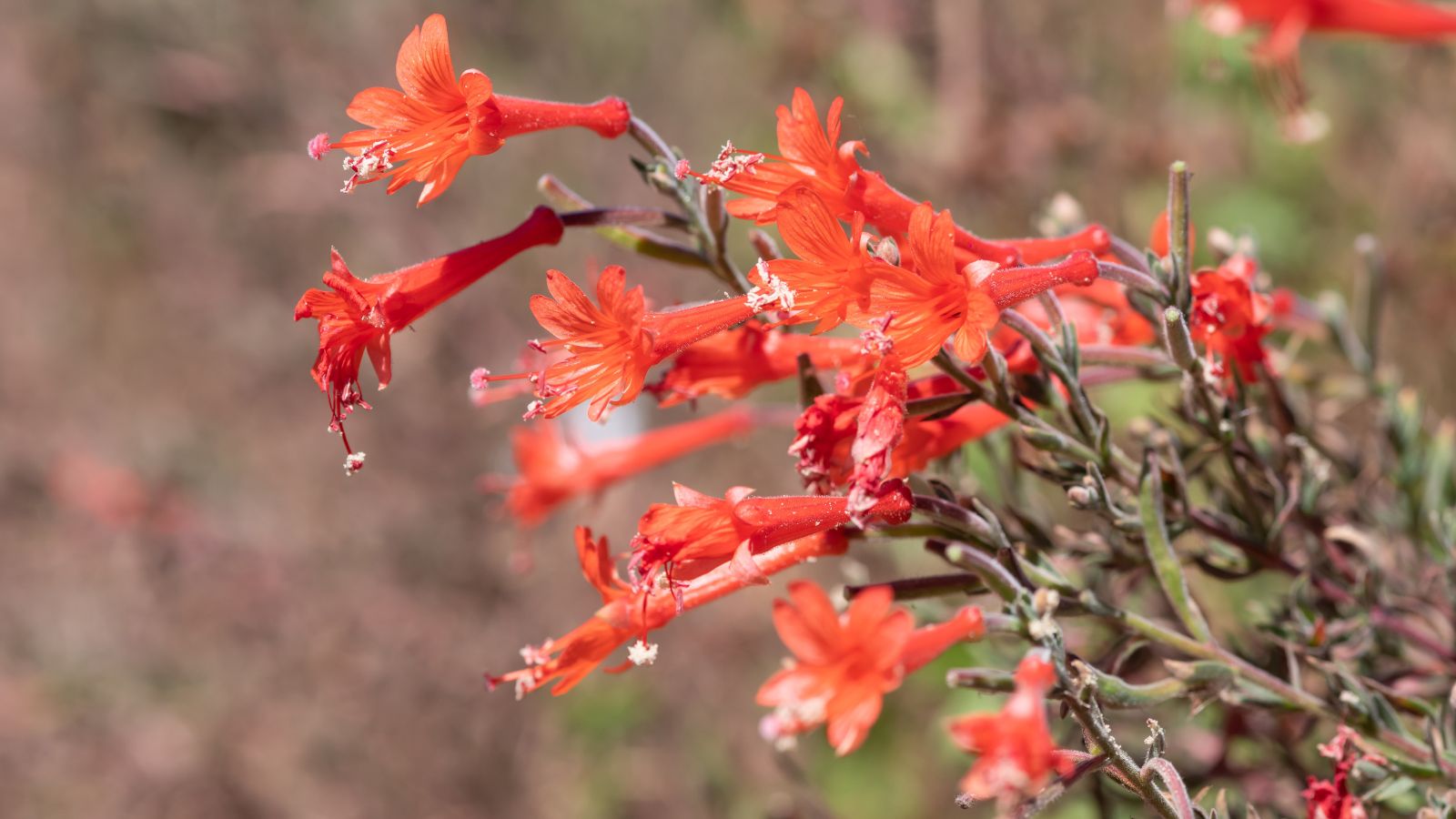Nothing beats California fuchsia for a touch of red in your garden in the late summer and early fall. These drought and pest-tolerant perennials are easy to grow and attract garden-friendly critters like bees and hummingbirds.
The small to mid-sized perennials are perfect for dryer climates where rainfall is unpredictable. Besides their beautiful red to scarlet trumpet-shaped flowers, many gardeners love their fuzzy foliage for a touch of gray in their garden.
Below, we’ll cover how to plant your California Fuchsia. We’ll also cover how to keep them healthy throughout the year.
What Is It?
The California fuchsia, Epilobium canum, is native to the American Southwest, including California, Arizona, and New Mexico. They thrive throughout California and Southern Oregon and grow wild on coastlines and near creeks in drier areas.
The plant is a perennial that loves full sun to partial shade. The healthiest plants can grow to two feet high and three feet wide. They have fuzzy leaves that are light gray or green, depending on the cultivar. Its flowers are typically bright red to scarlet. If vivid reds in your garden aren’t your thing, don’t worry. Some cultivars have pink or even white flowers.
The California fuchsia is also known as the hummingbird trumpet or hummingbird flower. This is because the plant attracts several species of hummingbirds and even bees. These animals feed on the sweet nectar inside its trumpet-like flowers.
Most nurseries across the West Coast and Southwest sell the seeds. There are many cultivars and three subspecies with different sizes, flowers, and leaf colors to choose from.
You can also find a related native fuchsia species called the Humboldt County fuchsia (Epilobium septentrionale). The plant is low-growing with trumpet-shaped flowers, thin stems, and silvery leaves.
Planting
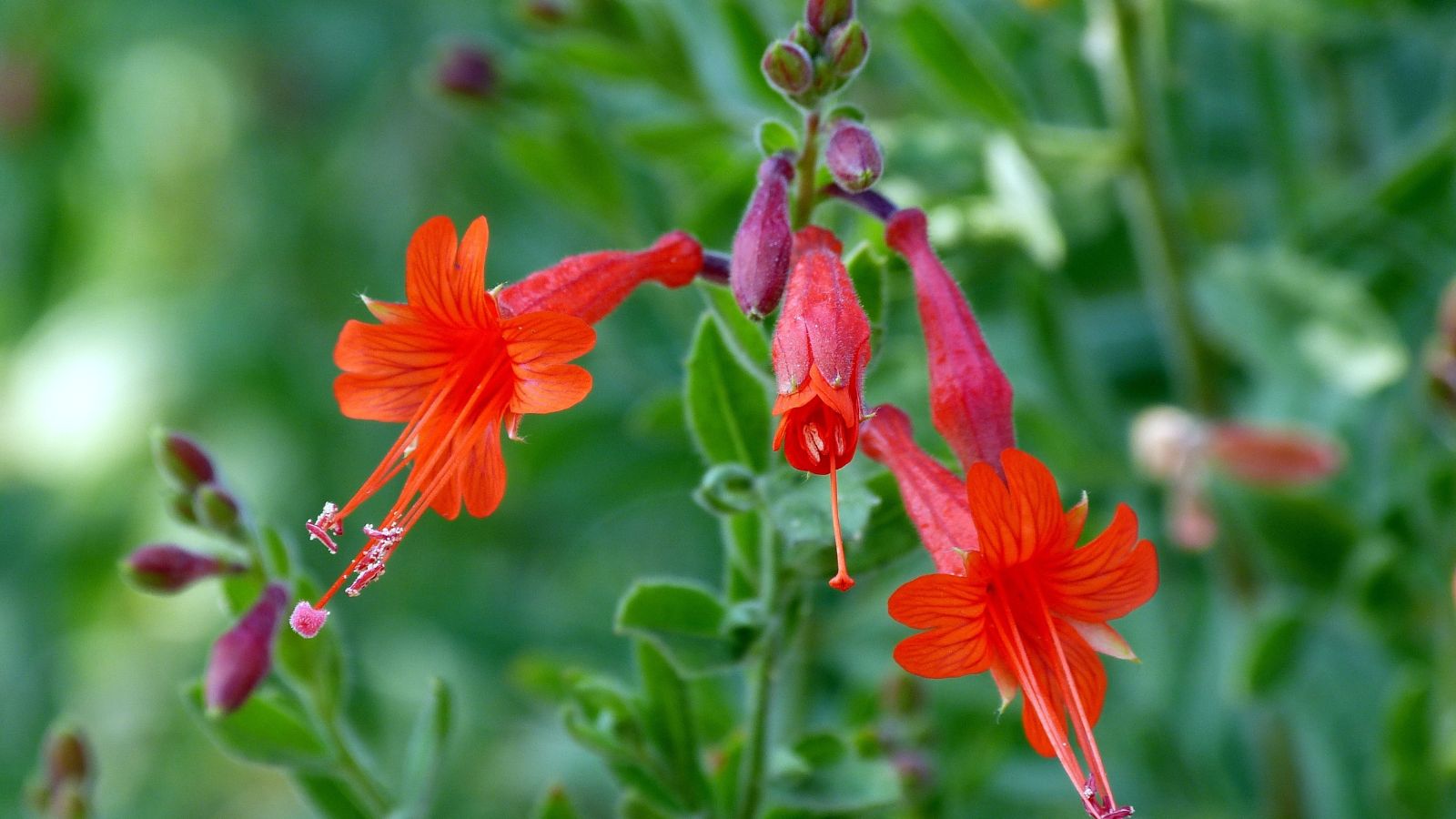
California fuchsia is one of the easiest flowers to plant in gardens throughout the West Coast and Southwest. To propagate, you can choose between planting seeds, stem cuttings, or simply planting a runner from another plant.
To propagate by seed, sow seeds barely covered in flats with drainage holes or a seed starting tray. Use a premium potting soil mix containing coarse perlite, vermiculite, sand, and peat moss. Place the trays in the refrigerator for a few weeks or leave them outdoors for natural stratification.
After sowing, keep the soil moist during the plant’s stratification and germination phases. Keep your seedlings in a shade house until they’re ready to plant.
Once your plants develop their cotyledons and the first leaves emerge, transplant your plants into 5” Cube Pots with the same soil you used during sowing.
As your seedlings grow, you can add a small amount of all-purpose vegetable fertilizer to stimulate growth before planting. When your seedlings are mature, they are ready to be transplanted in your garden.
Plant California fuchsias 24” to 36” apart in the late spring or early summer. You can expect to see their brightly colored flowers appear in July and last until mid to late fall. Some gardeners have reported seeing flowers hanging on until January!
How to Grow
California fuchsias are one of the easiest flowers to grow in your garden. You’ll barely have to maintain them. They can tolerate many soil types and mature plants can survive in near desert-like climates.
Once you’ve transplanted your seedlings, there are a few things to keep in mind to help them grow healthy and disease-free. This way, you’ll get bright flowers and vigorous growth year after year.
Climate and Temperature
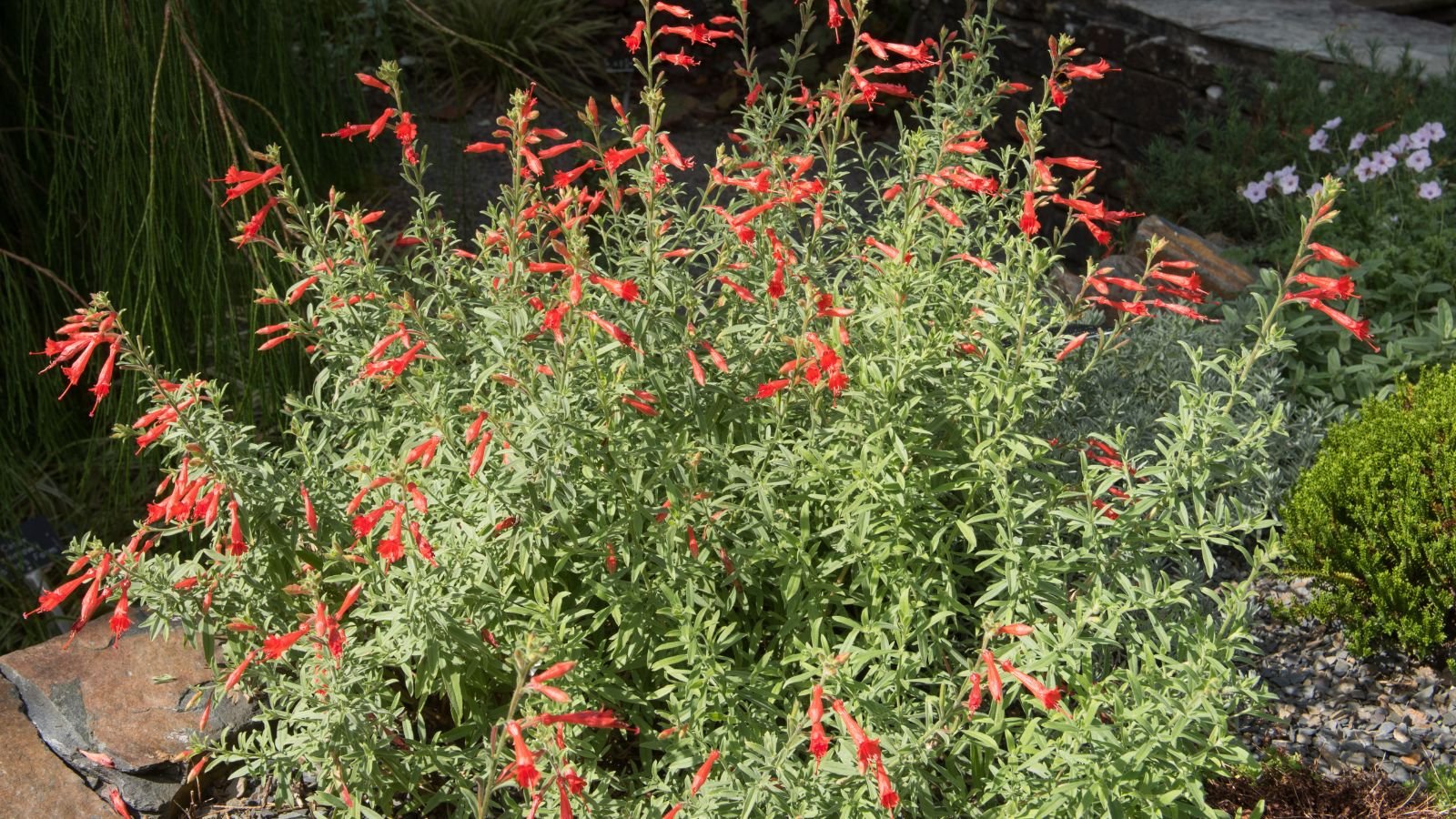
California fuchsia will grow in USDA hardiness zones of 8-11. They can tolerate brief cold snaps up to 15°F (-9°C) in winter, depending on the cultivar.
Plant in areas with dry summers and plenty of sun. Some cultivars, such as ‘Marin Pink,’ prefer foggy coastal areas far away from the threat of frost.
You won’t have much luck growing this species in areas with high humidity and rainfall, such as Alabama or Florida. The plants will die quickly in waterlogged soil.
Soil
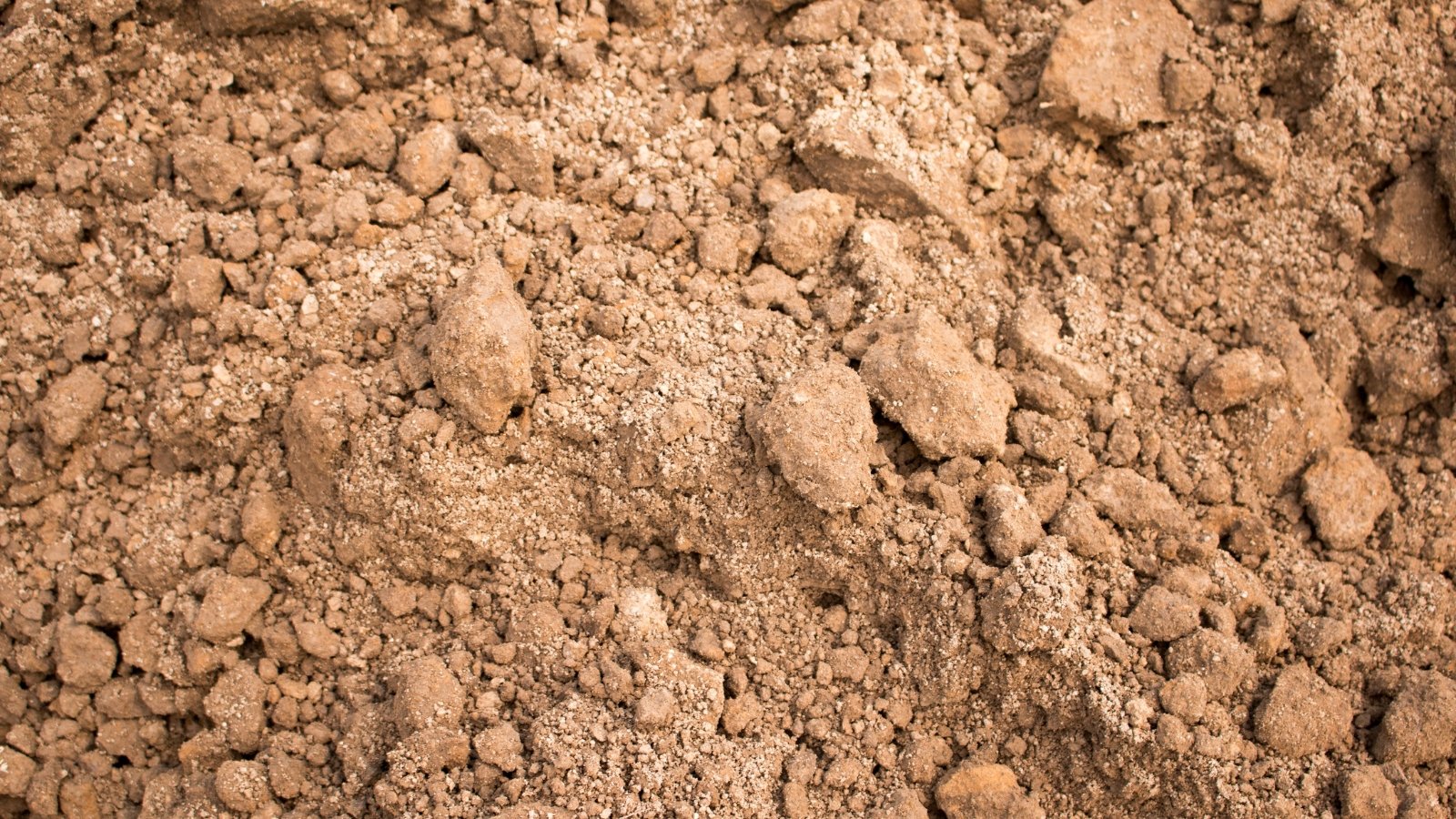
California fuchsia prefer well-drained sand, chalk, or loam soils. Most cultivars grow best in and grainy soils, similar to their native habitats in southern California. They prefer neutral pH but can thrive in a variety of soil types.
Ensure that you grow this species in grainy soils that won’t become waterlogged. This will prevent their roots from rotting and potentially killing the plant.
Water
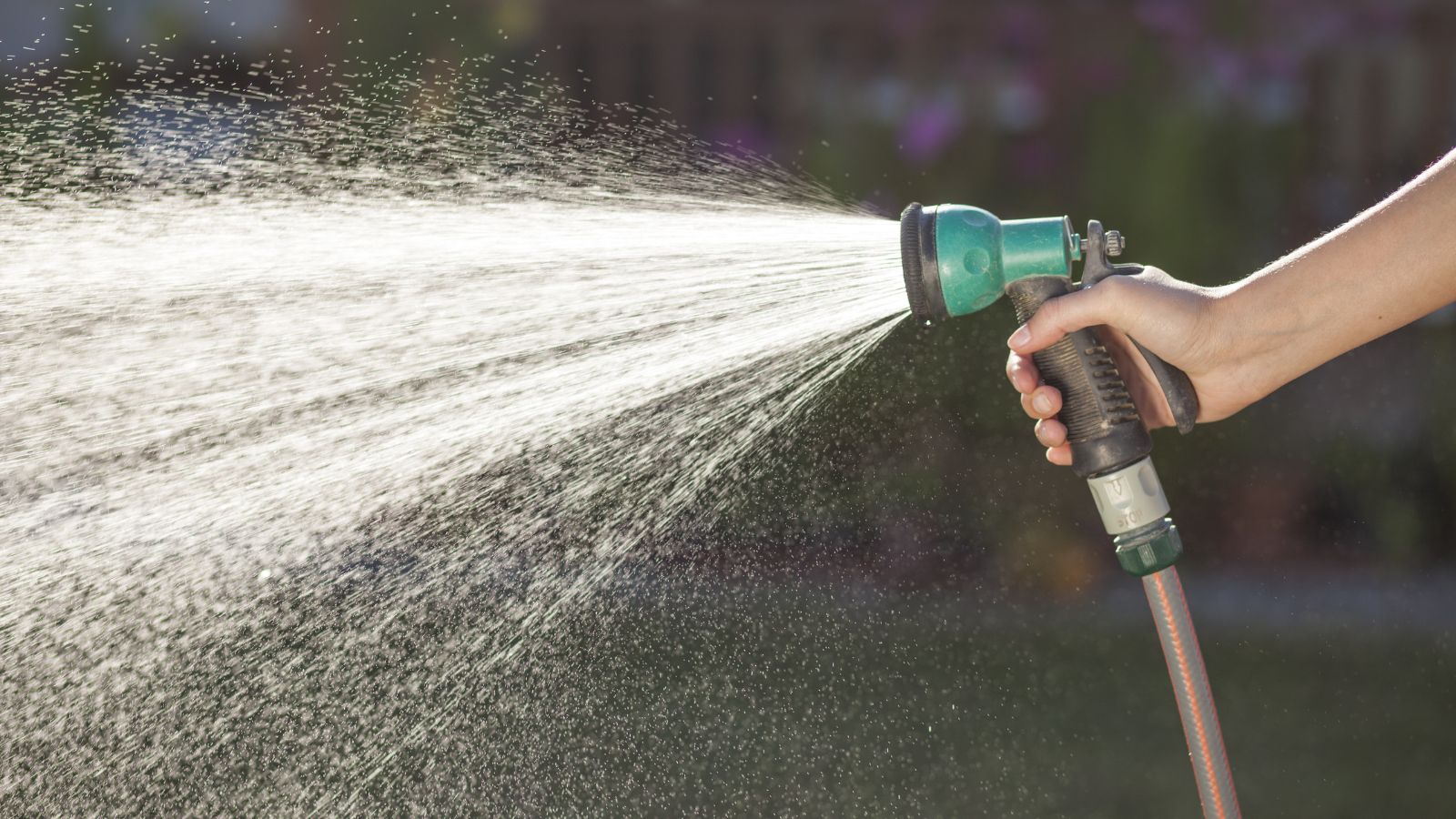
It’s best to go easy on watering your California fuchsia. They are native to drought-prone regions with limited summer rainfall. A healthy soak once a month in the summer is all you’ll need in most regions.
If it rains more than an inch, you can wait at least a month before watering them again. Heavy rain events in the summer or fall can waterlog your plants so check your soil immediately afterward to make sure it drains quickly.
If you live in a wetter climate, such as coastal Oregon or Northern California, you may get away with watering once every two or three months. Over-watered plants will turn yellow and wilt. If you accidentally over-water your plants, don’t worry. Remove them from the waterlogged soil and replant them in dry, well-draining soil.
Pruning
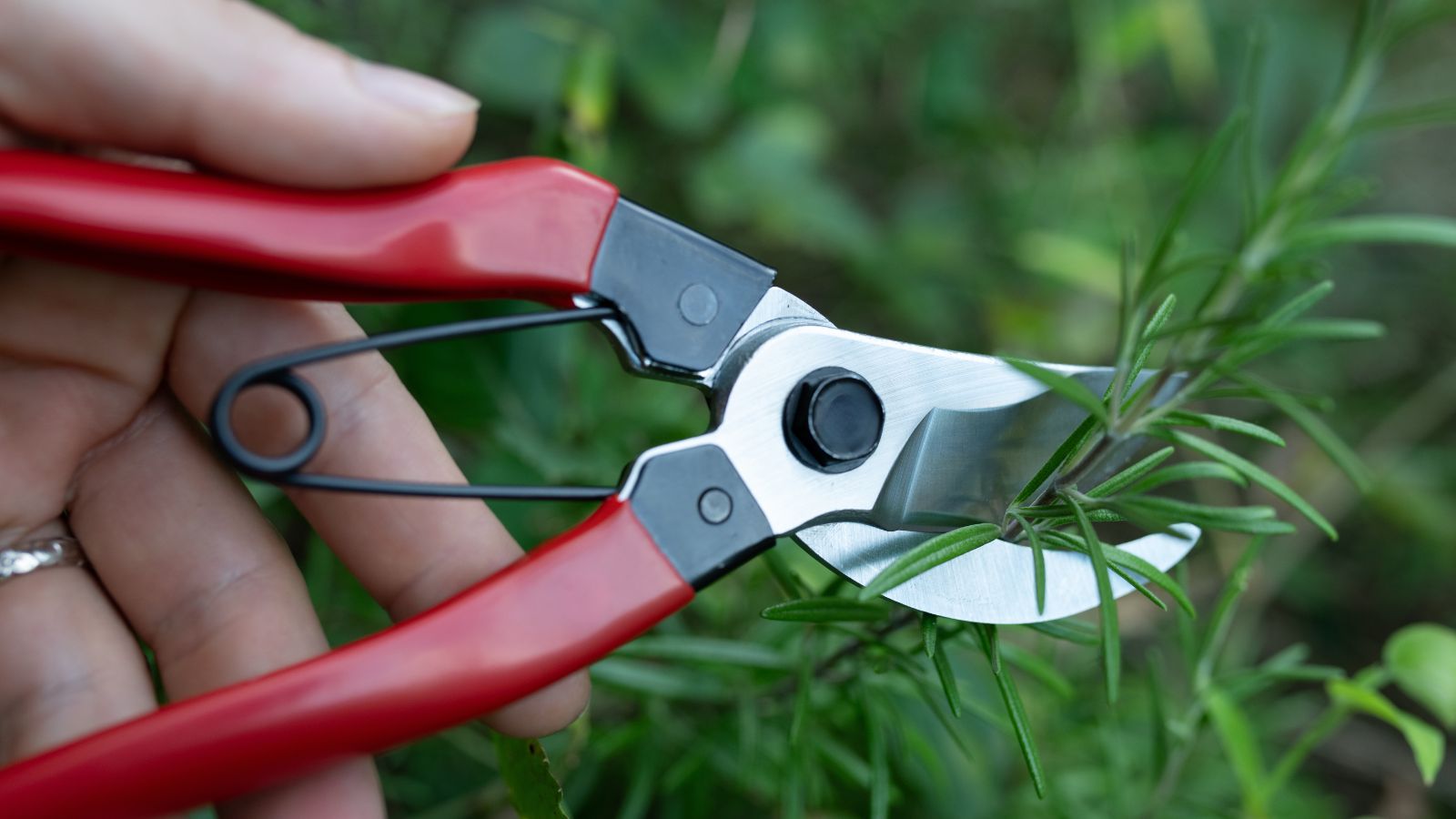
To get an explosion of growth in the spring, cut your established plants back to the ground in early winter after the fall bloom. This will concentrate the plant’s energy and water before the spring growing season.
Once your California fuchsia’s tips are growing in spring, you can lightly prune them to encourage a bushier lateral growth. This works especially well for taller cultivars such as the ‘Catalina’ variety.
Fertilizing
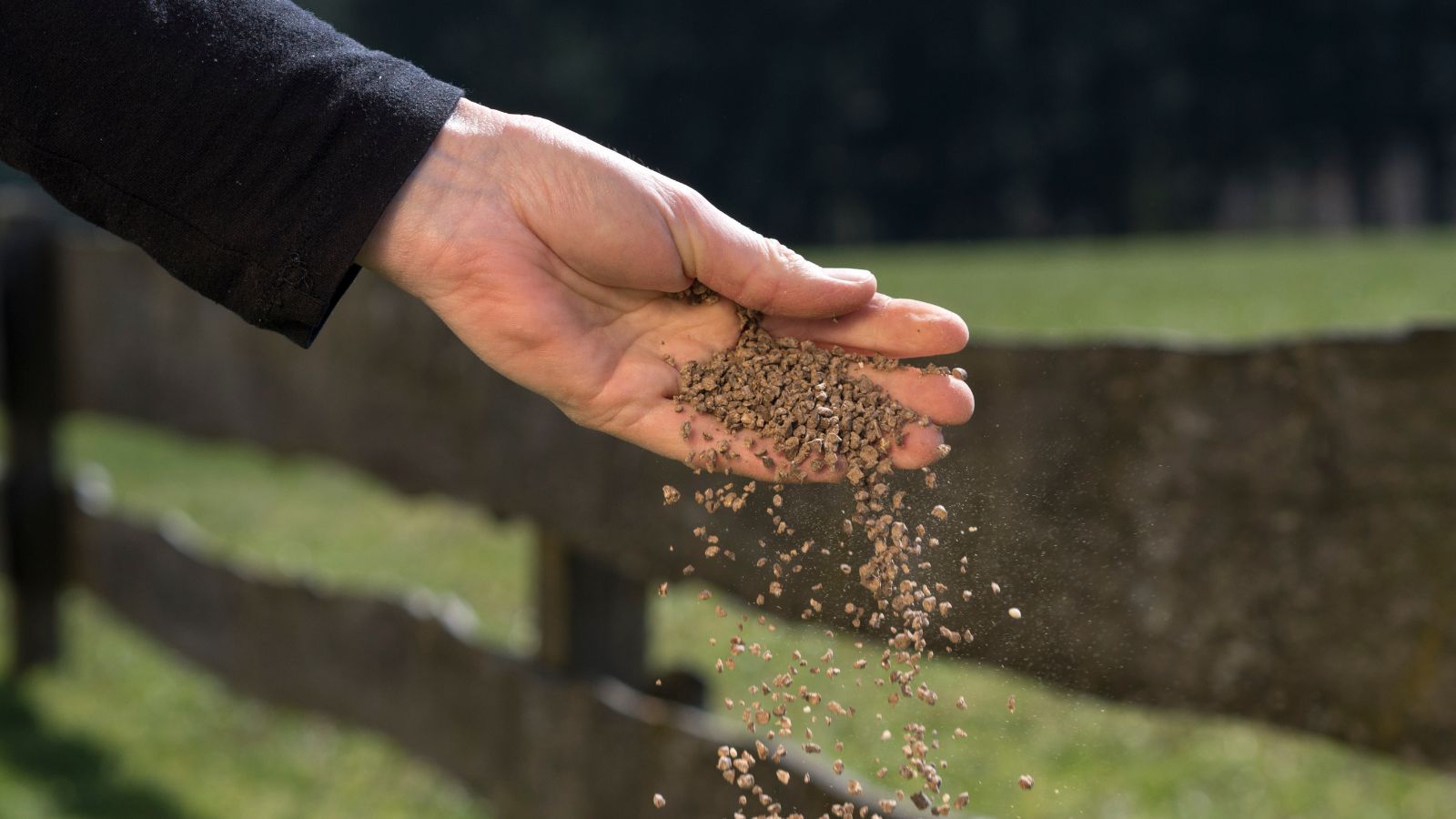
Once established, they will grow vigorously in neutral, alkaline, and acidic soils. They thrive with a little organic fertilizer every one to two months.
Propagation
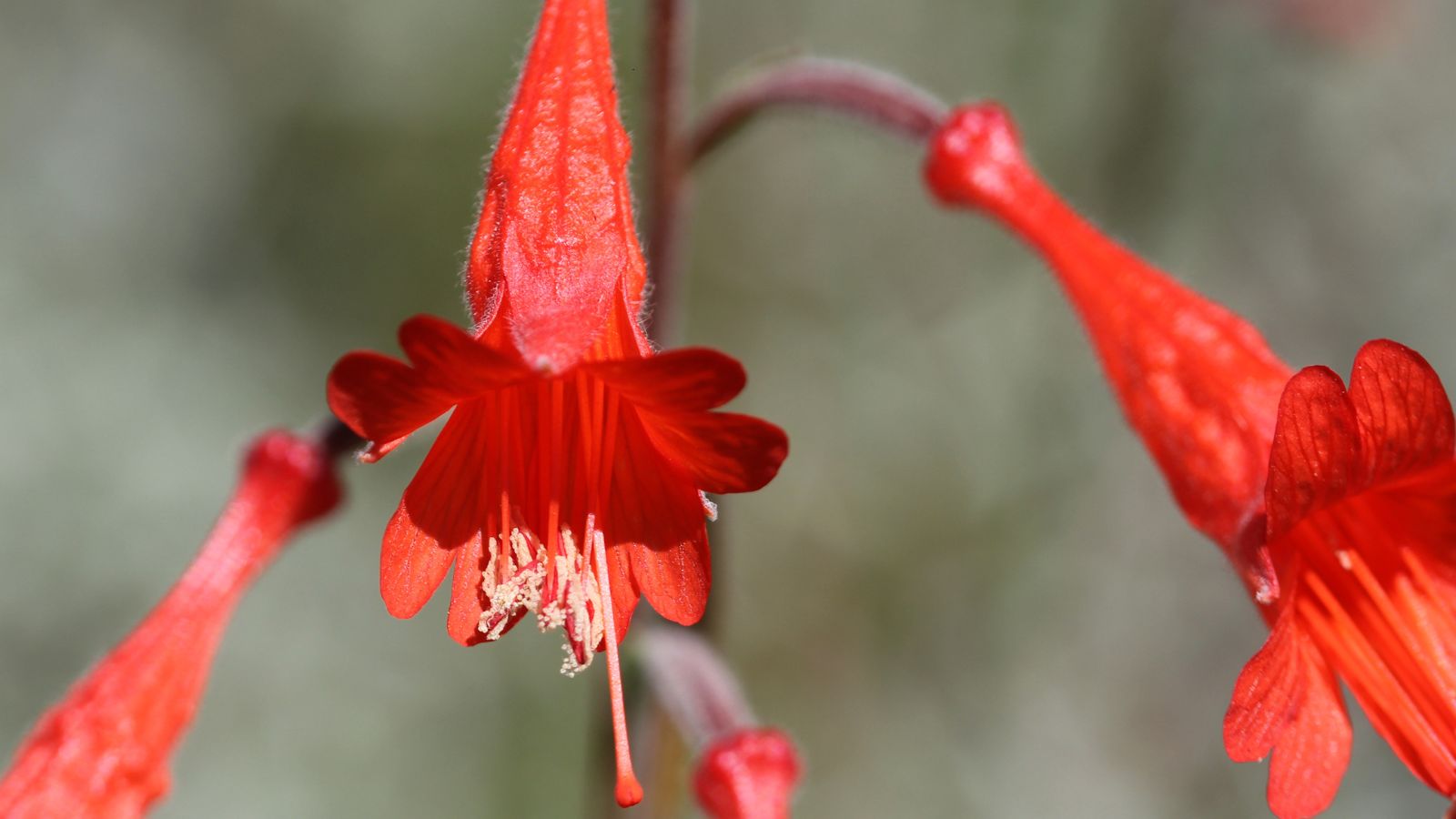
These perennials reseed easily. Your plants will produce mature seeds roughly eight to ten weeks after pollination. Once they dry, the wind will blow them to new locations in your garden. You can also collect their mature pods and reseed them the following season.
Another easy way to propagate is by using stem cuttings. Cut your tips four to six inches above the node, leaving several leaves but removing any at the base. Poke a hole in the soil with a pencil and plant the cuttings. Keep the soil moist until the cuttings grow new leaves.
If you have a mature plant, you can easily separate it by carefully removing its stems and roots from the main plant. Plant your California fuchsia anywhere in your garden, but beware, they can overcrowd other plants.
Mature plants also grow runners when large stems fall to the ground. You can either remove runners or propagate them in other parts of your garden.
Common Cultivars
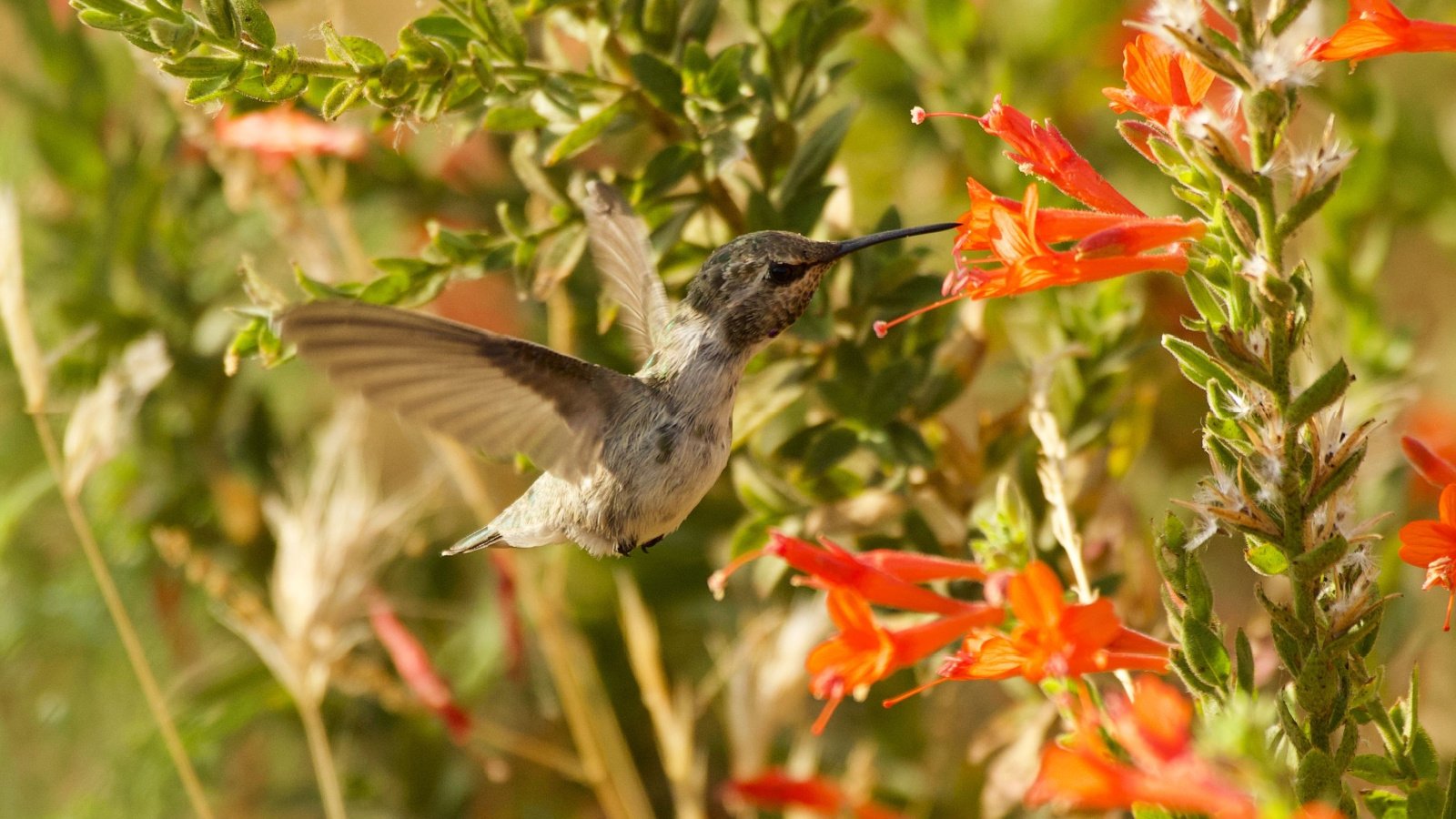
You can find several beautiful cultivars at your local nursery. Each has unique characteristics, from different colors of flowers to size. Below are a few of the most popular gardens across California and the Southwest.
‘Catalina’ cultivars have bright orange to orange-red flowers and long gray-green leaves. They can grow to four feet tall and have a dense woody base.
‘Everett’s choice’ cultivars are low-lying shrubs with vigorous growth that grow four to five feet in width. They have fuzzy grayish leaves and bright red to red-orange flowers.
‘Armstrong’ cultivars have olive-colored leaves and vivid red-orange flowers. They grow up to two feet tall and flower from the early summer until late fall.
‘Berts Bluff’ cultivars are drought and fog-tolerant and can grow to three feet when mature. They have grayish-green leaves and red-orange flowers.
‘Marin Pink’ cultivars stand close to two feet tall and three feet wide when mature. It has pink tubular flowers and bright green leaves. The Marin Pink cultivar is not drought tolerant and prefers coastal regions away from frost.
‘Eel River White’ cultivars produce bright white flowers and bright green leaves. These California fuchsia grow to one foot in height and three feet in diameter. Plant in partial shade away from frost-prone regions.
Troubleshooting
If you live in a warm and dry climate, you can easily grow California fuchsia. They have few natural pests and can survive most diseases and fungal infections. Below are a few uncommon pests and diseases to look out for and common growing issues that can affect your plants.
Pests and Diseases
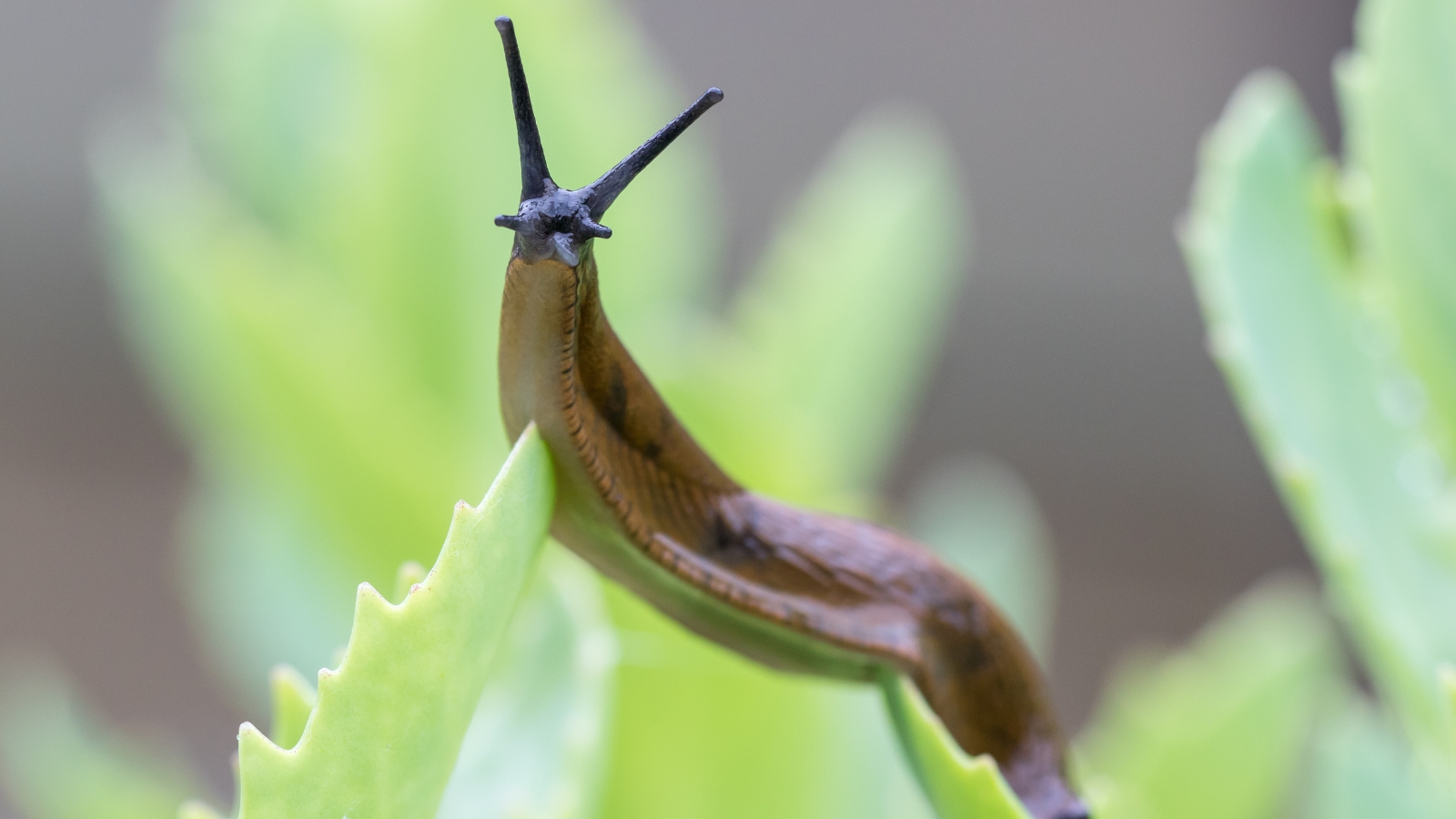
Some garden snails and slugs can make a meal out of young leaves. However, because of the plant’s vigorous growth, you may not even notice them. If you need to do something about them, a beer trap or organic slug bait works.
Some gardeners, especially in foggy coastal regions, report powdery mildew and fungal spots on young leaves. Prune away damaged leaves as you notice them. One of the easiest ways to remove the fungus is to make a solution of one gallon of water and three tablespoons of baking soda. Spray the diluted mixture on your plant’s affected leaves until the mildew or mold goes away.
One of the best things about California fuchsia is that animals such as deer find it unattractive. Unlike other flowers, you won’t have to worry about covering your plants in fencing. This makes them perfect for gardens near forests and areas with heavy wildlife.
Growing Issues
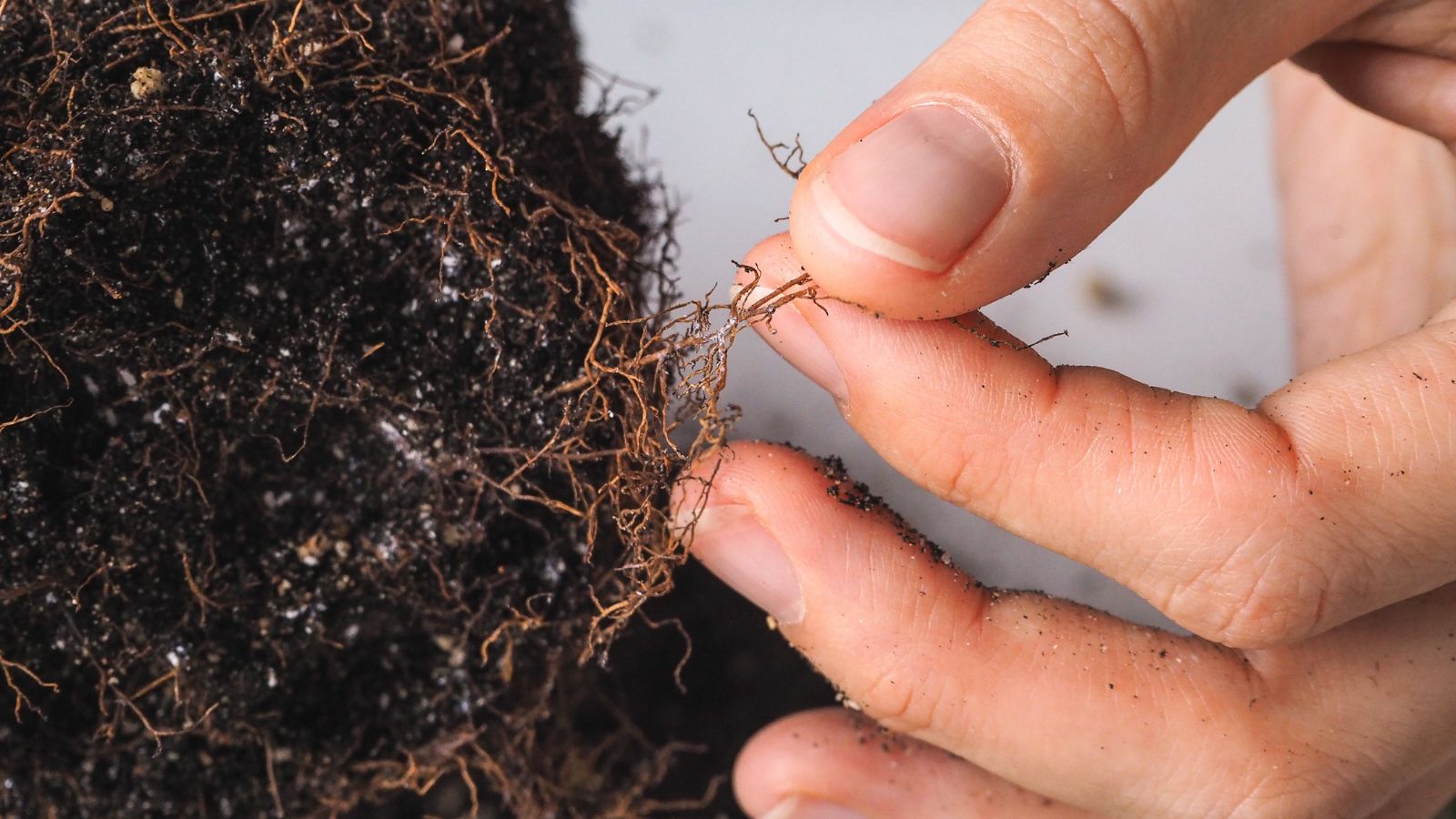
The most common issue to watch out for is over-watering. If you over-water your plants, it can cause root rot and damage the plant. Water-logged plants won’t produce flowers in the late summer and early fall.
Always plant your California fuchsia in well-draining loose soil. If you see your soil is holding in too much water after it rains, replant your plants in an area with better drainage.
Frequently Asked Questions
California fuchsia thrive in USDA hardiness zones 8-11. This means they can take quick frosts up to 15 to 20°F (-9 to -7°C). They can survive brief snow-covering but will generally die in places with heavy snowfall and cold temperatures.
These perennial plants have few pests. Occasionally, you may find garden slugs and snails on young leaves. However, these small critters won’t do too much damage to your plants.
California fuchsia is non-toxic to most animals.
Plant young California fuchsia plants in late spring or early summer after the last frost of the season. You can plant cuttings and runners in the summer.
California fuchsia can live for several years in the right growing conditions. Keep your plants in full sun with well-draining soil.
As long as you’re using well-draining soil and keep your plants in full sun, they can do very well in pots. It’s best to plant them in large pots with neutral pH soil.
California fuchsia is native to dry areas and grows near creeks and areas with enough groundwater. They don’t need much water and in dry climates, you can get away with watering them once a month, and slightly more for those in containers.
Once your California fuchsias are mature, they will come back year after year. In early winter, you can trim them down to ground level. The next spring, they will come back and grow quickly without any maintenance.
